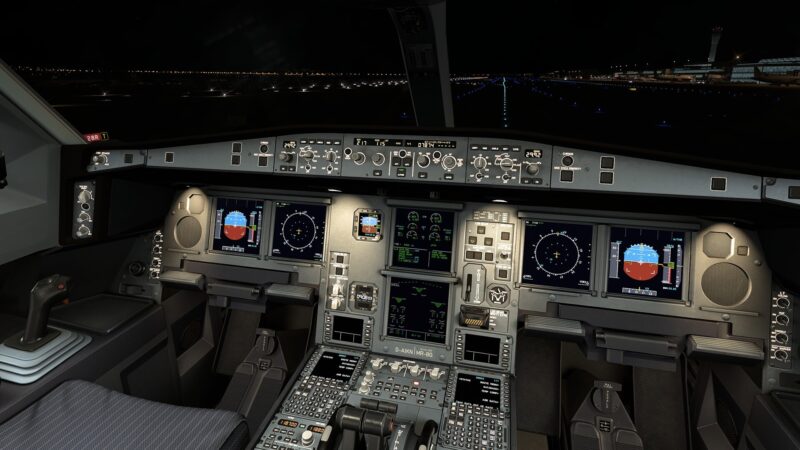X-Plane 12 Latest Updates, Performance Enhancements, and Upcoming ATC Improvements.
In the competitive world of flight simulation, X-Plane has long held a solid reputation among enthusiasts, known for its high-fidelity flight models, accurate physics, and commitment to realism. With X-Plane 12, Laminar Research is pushing the boundaries even further, aiming to provide not only an immersive simulation experience but also a smoother and more versatile platform across single-screen, multi-screen, and VR setups. This post dives into the latest updates, including anticipated ATC improvements, core Vulkan API enhancements, and performance improvements.
Overview of X-Plane 12: Key Features and the Current State

X-Plane 12 brings a wealth of new features and improvements that distinguish it from its predecessors. It incorporates enhancements to visuals, weather, lighting, and user interface, all of which contribute to a richer, more realistic simulation experience. The following highlights some of the major advancements seen in recent updates:
- Dynamic Weather Engine: Weather now updates in real-time and incorporates volumetric clouds, which greatly improve the visual accuracy of atmospheric conditions.
- Photometric Lighting: This update brought realistic, adaptive lighting that changes based on the time of day, season, and weather conditions.
- 3D Water Physics: Water surfaces now react to wind and objects, enhancing realism, especially when flying seaplanes.
- Improved Environmental Effects: Trees sway in response to weather conditions, adding a layer of immersion.
While these features were a primary focus upon X-Plane 12’s release, recent updates have sought to polish them and tackle performance optimizations.
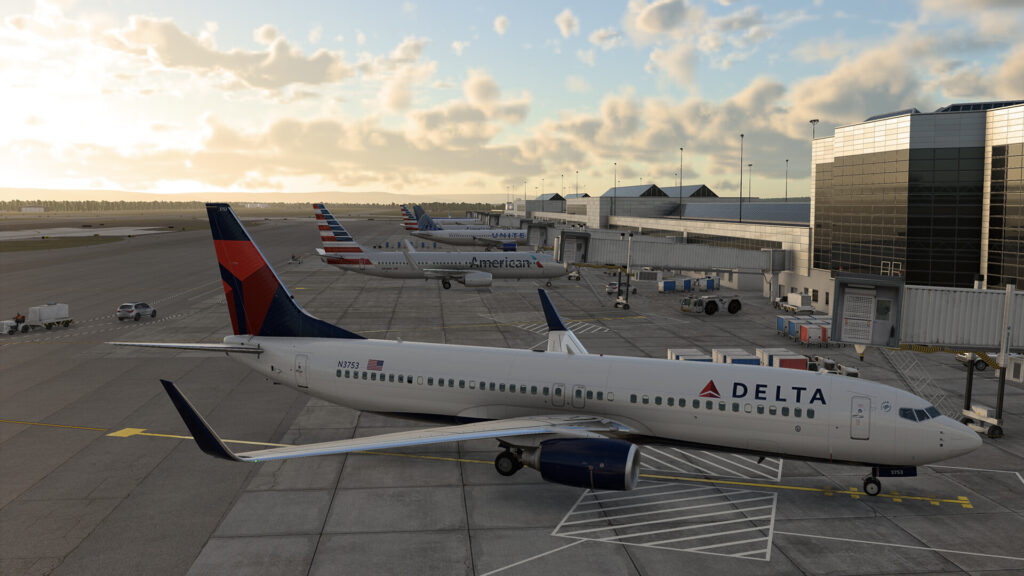
UI and Quality-of-Life Enhancements
One of the major improvements users will notice in X-Plane 12 is the refined user interface. The changes are subtle yet impactful, allowing for smoother navigation through the simulator’s settings, aircraft selection, and flight setup screens. These quality-of-life enhancements include:
- Streamlined Navigation: The interface now provides easier access to settings and customization options, with fewer clicks needed to reach frequently accessed areas.
- Improved Visual Feedback: Load times and screen transitions are smoother, and the UI is optimized to avoid stuttering when switching between menus, a common pain point in previous versions.
- VR-Optimized Menus: VR users benefit from more responsive and clear menus, adapted to avoid “screen float” and maintain visibility when wearing a VR headset.
These adjustments enhance the overall user experience, making it more intuitive and seamless.
- Latest CPU’s Available Now – Amazon.com
- Get a NEW GPU Best Performance – AMAZON.com
- Upgrade RAM Here today – AMAZON.com
- Prebuilt PC Options – AMAZON.com
Vulkan API: Core Improvements and Performance Impact
Laminar Research’s move to the Vulkan API was a game-changer, allowing X-Plane 12 to handle more complex calculations with lower overhead, reducing CPU strain and improving GPU efficiency. The latest updates to Vulkan have focused on:

- Memory Optimization: Vulkan now handles graphics memory more efficiently, significantly reducing stuttering and enhancing frame rates, especially in graphically dense areas.
- Rendering Pipeline Enhancements: With Vulkan’s updated pipeline, the rendering process is better optimized, decreasing load times and allowing for smoother frame pacing.
- Asynchronous Processing: Vulkan updates have introduced asynchronous loading of assets, allowing X-Plane to load textures and environmental data without impacting frame rates. This results in a noticeable improvement in overall smoothness.
For users with high-end GPUs, these Vulkan improvements make the most of available hardware, delivering a more responsive and immersive experience.
Recent Performance Updates: Single-Screen, Multi-Screen, and VR Improvements
Performance is a priority for X-Plane 12 users, and recent updates have focused on optimizing for different display configurations. Here’s how single-screen, multi-screen, and VR users benefit from the latest improvements:
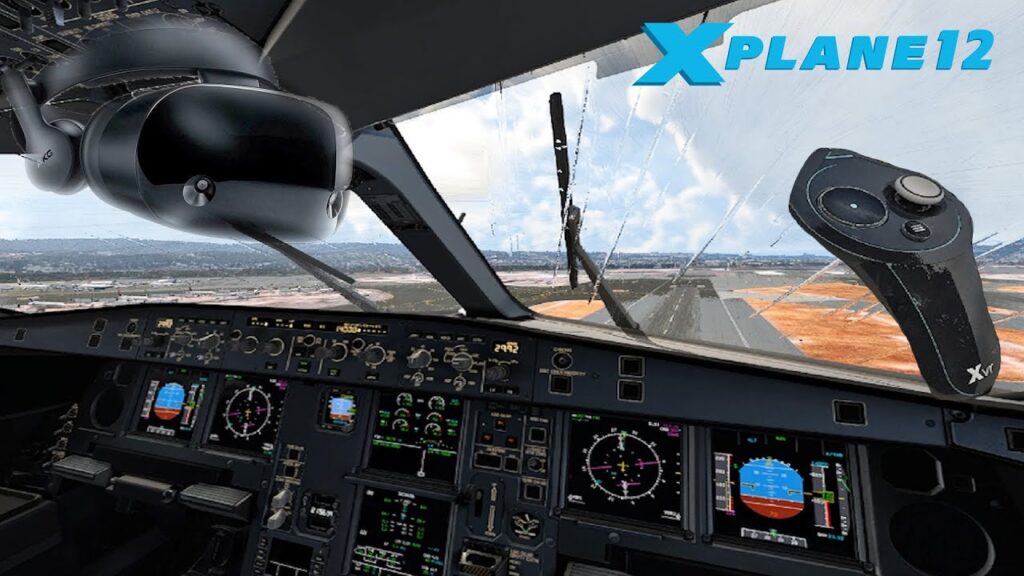
Single-Screen Performance
Single-screen users see the most substantial gains from recent performance optimizations, as X-Plane 12’s rendering pipeline has been streamlined to reduce resource usage for single-screen setups. Key improvements include:
- Lower Latency: The latest patches have minimized latency between inputs and visual feedback, creating a more responsive flying experience.
- Reduced Micro-Stutters: Code optimization in the Vulkan API has drastically cut down micro-stutters, particularly in dense urban areas and complex airports.
Multi-Screen Optimization
Multi-screen setups are notoriously resource-intensive, but X-Plane 12 now makes use of more efficient multi-threading, distributing workload evenly across CPUs to improve performance. Updates in this area provide:
- Consistent Frame Rates Across Screens: The rendering engine now synchronizes frame rates more effectively between multiple displays, enhancing the overall smoothness and reducing desynchronization.
- Optimized GPU Load Balancing: Improved load balancing for GPUs ensures that graphics processing is shared across screens with minimal performance loss, which is a major boon for users with multi-monitor setups.
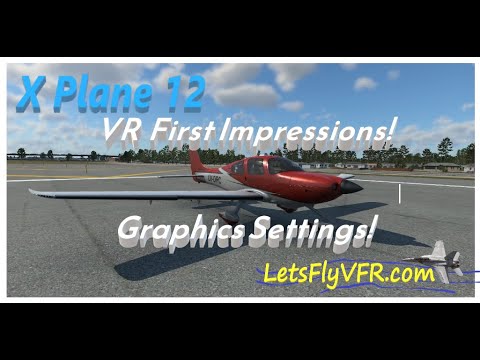
VR Performance Enhancements
VR demands significant processing power, and X-Plane 12 has made strides in optimizing for this immersive mode. The updates for VR users include:
- Improved Frame Times: Vulkan API improvements directly benefit VR, lowering frame times and increasing frame rates for a smoother experience.
- Reduced Motion Sickness: Enhanced frame stability prevents “judder,” a common issue for VR users that can cause motion sickness. With more stable frame rates, the VR experience is now significantly more comfortable.
- Increased Peripheral Clarity: Laminar has optimized VR rendering to reduce the “screen-door effect,” providing sharper visuals even at the edges of the display, enhancing immersion.
These improvements make VR a much more viable and enjoyable option in X-Plane 12, as users no longer need to compromise visual quality for performance.
ATC Improvements: What to Expect in the Upcoming Update
One of the most anticipated updates for X-Plane 12 is the overhaul of the Air Traffic Control (ATC) system. ATC in X-Plane has historically lagged behind other simulators, but Laminar Research is addressing this with substantial improvements planned for the next update.
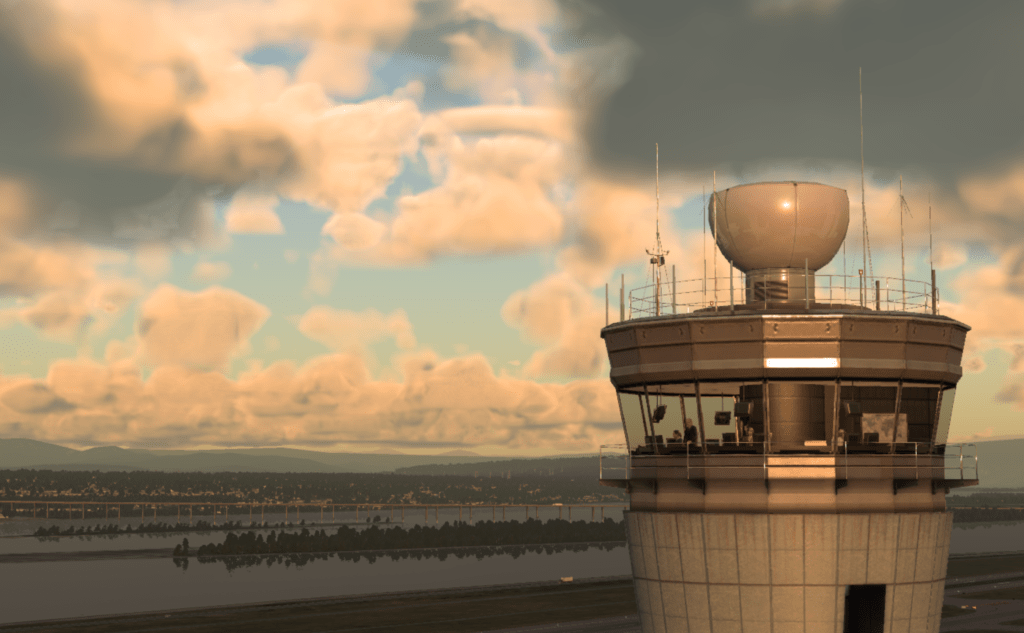
Enhanced AI and Realistic Communications
The upcoming ATC improvements aim to bring realism and fluidity to communications, making them more aligned with real-world procedures. Anticipated features include:
- Contextual Communication: ATC will now respond contextually to traffic density, weather, and user preferences, creating a more dynamic and adaptive experience.
- Multi-Frequency Support: Multiple radio frequencies will allow more realistic interactions, letting users switch between ground, tower, and approach controls seamlessly.
- AI-Powered Traffic Management: AI improvements enable ATC to manage traffic flows more effectively, preventing unrealistic delays or sudden requests for altitude changes.
Expanded Voice Library
The new ATC update will also bring an expanded library of voice samples, aiming for greater diversity and natural language processing. This will reduce the repetitiveness often experienced with ATC communications and contribute to a more immersive environment.
New UI for ATC Interaction
The ATC interface is being redesigned to be more user-friendly and informative, particularly beneficial for beginners. The new UI will feature:
- Clearer Communication Prompts: Users will have better guidance on what ATC expects, with context-based prompts appearing as needed.
- Real-Time Notifications: ATC instructions will be displayed in real-time with improved readability, allowing users to glance at instructions without taking their focus away from flying.
These ATC updates are expected to make X-Plane 12’s air traffic interactions much closer to real-world ATC communications, providing both casual and hardcore simmers with a richer experience.
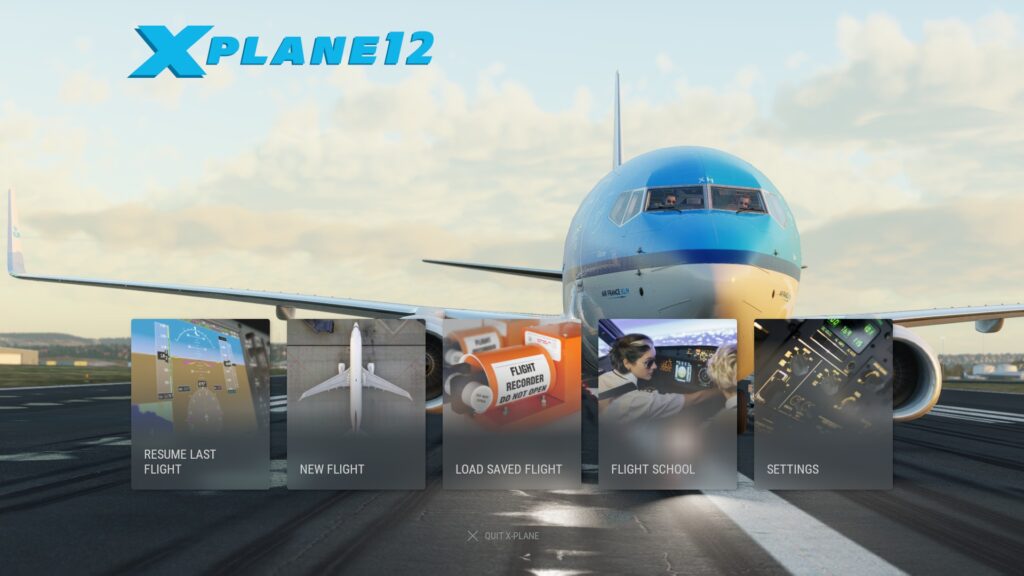
Additional Features in Recent Updates
X-Plane 12 has rolled out a series of smaller but impactful features that enhance realism and usability:
Updated Aircraft Models and Systems
Several default aircraft have received updates, improving their systems and flight dynamics:
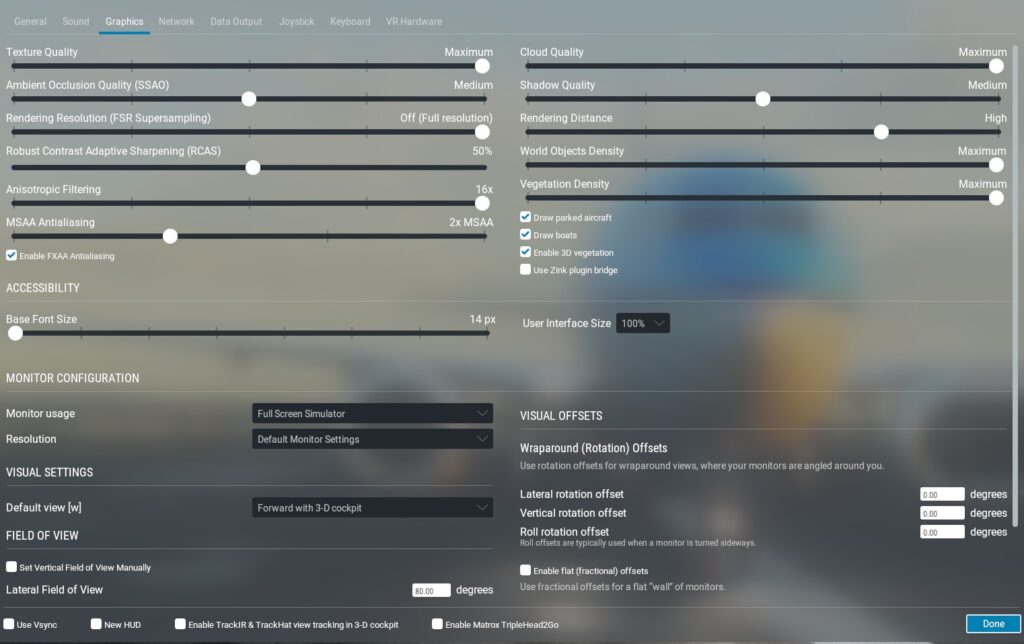
- More Realistic Autopilot Systems: Autopilots now feature more realistic behaviors, particularly in complex modes such as VNAV and LNAV.
- Improved Engine Modeling: Aircraft engines are now more accurately simulated, with better fuel consumption and more responsive throttle behavior.
- Expanded Aircraft Library: X-Plane 12 has added more aircraft types to its default library, each with high-fidelity cockpits and accurate flight characteristics.
Terrain and Scenery Enhancements
Scenery updates focus on providing greater detail and accuracy across various global regions:
- High-Resolution Textures: The latest update includes better ground textures, especially around airports, to enhance visual fidelity.
- Improved Autogen and Building Models: Cities and rural areas now have more varied building types, creating a more diverse landscape.
Customizable Weather and Time
One of the quality-of-life updates allows users to have more control over weather and time settings, including:
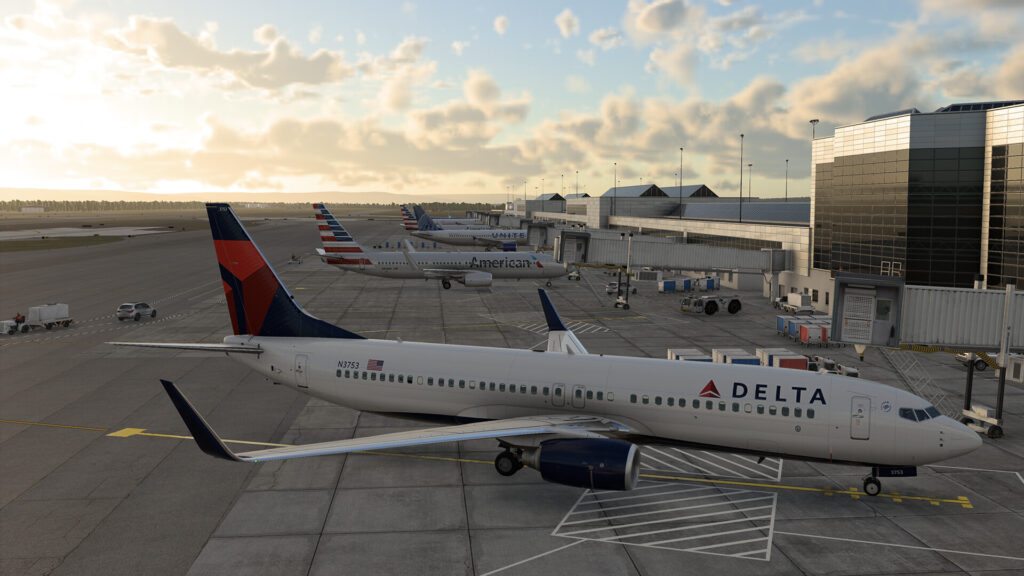
- Real-Time Weather Sync: The weather engine synchronizes with real-world conditions more accurately, providing a realistic experience.
- Customizable Time Acceleration: Users can now accelerate or decelerate time based on their needs, ideal for long-haul flights or quick training sessions.
Wrapping Up X-Plane 12 Latest Updates.
X-Plane 12 is steadily evolving into a powerful simulator platform with its latest updates and upcoming features, providing a robust experience for both casual flyers and professional pilots. The combination of performance improvements across different setups, Vulkan API enhancements, and the anticipated ATC overhaul will undoubtedly make X-Plane 12 a more immersive, realistic, and versatile choice in flight simulation.
For VR users, single-screen setups, and multi-screen configurations alike, X-Plane 12 continues to optimize performance, delivering a smooth and detailed experience without sacrificing realism. And with ATC improvements on the horizon, X-Plane 12 will offer a more complete and satisfying flying experience that brings virtual aviation closer to real-world standards.

Whether you’re a long-time fan or new to the platform, X-Plane 12 is shaping up to be one of the most feature-rich and performance-optimized flight simulators available.
- Latest CPU’s Available Now – Amazon.com
- Get a NEW GPU Best Performance – AMAZON.com
- Upgrade RAM Here today – AMAZON.com
- Prebuilt PC Options – AMAZON.com
Author
Brendon McAliece (Aka Gunnie) is a military veteran with 23 years working on Jet Fighters, their weapons systems and ejection seat/module systems as well as munitions and R&D. Involved with flight simulation since the 1980s, he has flown all the major flight simulators over the years.
He is an Australian expat who has lived in Malaysia, UK, Saudi Arabia and more recently Thailand. He is a multi-lingual blogger who loves to share his life experiences here on LetsFlyVFR.com and DreamingGuitar.com, with his lifestyle and Travel experiences Blog plus his Dreaming Coffee website.
Learn More @ DreamingGuitar.com – DreamingCoffee.com – LetsFlyVFR.com
( HOME – BLOG – SHOP – ABOUT )
As an Amazon affiliate I may benefit from qualifying sales.
